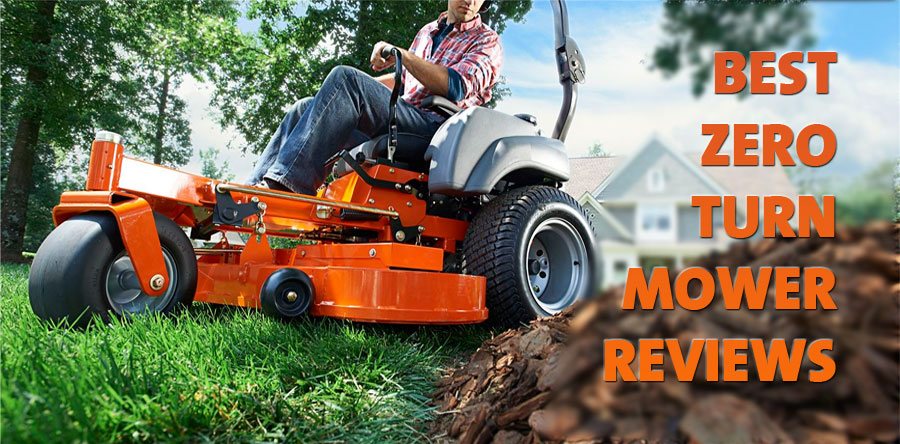Transform your compacted lawn into a lush, breathing ecosystem through professional-grade aeration. Breaking up dense soil allows vital nutrients, water, and oxygen to reach grassroots, helping revitalize your tired lawn from the ground up. Core aeration – removing small plugs of soil throughout your yard – stands as the most effective method for fighting soil compaction and thatch buildup. While many homeowners reserve this essential maintenance task for spring or fall, identifying key warning signs like water pooling, patchy growth, or spongy turf helps determine when your lawn desperately needs this vital service. The simple act of punching thousands of small holes across your yard creates pathways for robust root development, enhanced fertilizer absorption, and improved drought resistance – turning a struggling landscape into a thriving, resilient green space.
Signs Your Lawn is Crying Out for Aeration
Visual Clues
Your lawn has a way of telling you when it needs aeration, and knowing these visual signs can save you from more serious problems down the road. Watch for water pooling on your grass after rain, which suggests poor drainage due to compacted soil. If you notice thinning patches or areas where grass struggles to grow despite proper care, that’s another red flag. Hard, compacted soil that feels like concrete when you walk on it is crying out for aeration. Look for signs of heavy thatch – that spongy layer between grass and soil that’s thicker than half an inch. You might also spot patches where water runs off instead of soaking in, or areas where your grass looks stressed and discolored despite regular watering. These visual clues are your lawn’s way of asking for help through aeration.

The Simple Screwdriver Test
Want to know if your lawn needs aeration? Here’s a simple test you can do right now with a regular screwdriver. Take a standard screwdriver and push it into your lawn’s soil. If it slides in easily with little resistance, your soil is likely in good shape. However, if you need to apply significant pressure or the screwdriver won’t penetrate more than an inch or two, your soil is probably compacted and could benefit from aeration.
Try this test in several spots across your lawn, especially in high-traffic areas and where the grass looks stressed. The best time to perform this test is when your soil is slightly moist but not waterlogged. If most areas show resistance, it’s a clear sign that aeration should be on your lawn care to-do list.
The Science Behind Lawn Aeration
Breaking Down Soil Compaction
Think of your lawn’s soil like a sponge that’s been squeezed tight – that’s what compacted soil looks like. When soil becomes packed down from foot traffic, lawn mowers, and natural settling, it creates a dense layer that’s tough for grass roots to penetrate. Aeration works by creating thousands of small holes in your lawn, effectively “unpacking” this compressed soil.
These holes serve multiple purposes: they allow air to circulate through the soil, create pathways for water to reach deep into the ground, and give roots the space they need to spread and grow strong. It’s like giving your lawn a chance to take a deep breath and stretch out.
When you aerate, you’re also breaking up thatch – that layer of dead grass and organic matter that builds up between the soil and living grass. The holes created during aeration provide spaces where beneficial microorganisms can thrive, helping to decompose thatch naturally and recycle nutrients back into the soil.
The result? A healthier, more resilient lawn with stronger roots and better access to essential nutrients, water, and oxygen.
Root System Benefits
Think of your lawn’s root system as the foundation of a healthy, vibrant yard. When you aerate your lawn, you’re essentially giving those roots the breathing room they need to thrive. The small holes created during aeration allow roots to grow deeper and stronger, creating a more resilient lawn that can better withstand drought and heavy foot traffic.
One of the most significant benefits of aeration is improved nutrient absorption. Those tiny holes become direct pathways for essential elements like water, oxygen, and fertilizer to reach the root zone. Instead of sitting on the surface or running off, these vital nutrients can penetrate deep into the soil where they’re needed most. It’s like creating a network of tiny elevators that deliver everything your grass needs right to its doorstep.
Additionally, aeration helps break up thatch – that layer of dead grass and debris that can suffocate your lawn. When roots have more space to expand, they can better access the nutrients in your soil, resulting in thicker, lusher grass growth. This enhanced root development also means your lawn will be better equipped to fight off diseases and recover more quickly from stress.

DIY Aeration: Tools and Techniques
Manual vs. Mechanical Aerators
When it comes to aerating your lawn, you’ve got two main options: manual tools or mechanical aerators. Manual aerators, like spike shoes and hand-held tools, are budget-friendly choices perfect for small lawns. Think of spike shoes as golf cleats on steroids – you simply strap them on and walk around your yard, creating holes as you go. Hand-held aerators typically come in two styles: a fork-type tool that you step on to drive into the soil, or a hollow-tine tool that removes actual plugs of soil.
Mechanical aerators, on the other hand, are the heavy hitters of lawn aeration. These machines, which you can rent from most home improvement stores, use rotating hollow tines to pull out soil plugs efficiently. While they require a bit more muscle to operate, they’re significantly faster and more effective for larger lawns. A mechanical aerator can cover the same area in minutes that might take hours with manual tools.
The choice between manual and mechanical often comes down to your lawn size and budget. For yards under 1,000 square feet, manual tools might be just fine. But if you’re dealing with a larger space, the time and effort saved with a mechanical aerator usually justifies the rental cost.

Step-by-Step Aeration Process
Ready to transform your lawn? Let’s walk through the aeration process step by step. First, water your lawn thoroughly 1-2 days before aerating. This softens the soil and helps the aerator penetrate more effectively, making your job much easier.
Before you start, mark any potential obstacles like sprinkler heads, utility lines, or shallow tree roots. You don’t want any unwelcome surprises during the process! Also, mow your lawn to about half its normal height – this helps ensure the aerator can reach the soil properly.
Now for the main event: Start by making passes across your lawn with your aerator, similar to how you’d mow. Begin with the most compressed areas, like walkways and play areas. Make sure to overlap your passes slightly to ensure even coverage. For heavily compacted areas, consider making multiple passes in different directions.
As you aerate, you’ll notice soil plugs being pulled up and deposited on your lawn. Don’t worry – these are good for your grass! Let them dry and break down naturally; they’ll decompose within a few days to two weeks, adding valuable nutrients back to your soil.
After aerating, continue with regular lawn maintenance, but take advantage of this perfect opportunity to overseed and fertilize. The holes created by aeration provide ideal conditions for seed germination and nutrient absorption.
Remember to clean and maintain your equipment afterward. If you’ve rented an aerator, make sure to return it in good condition. For best results, plan to aerate during your grass type’s peak growing season, typically spring or fall for most varieties.
Post-Aeration Care
Watering Schedule
After aeration, your lawn needs special attention to water management for optimal recovery. Start by giving your newly aerated lawn a thorough soaking, aiming for about 1 inch of water to help the soil settle around the new holes. For the first two weeks following aeration, maintain a consistent watering schedule of 2-3 times per week, adjusting based on your climate and soil conditions.
A proper irrigation system makes this process much easier, but you can also use a regular sprinkler or hose. Water deeply rather than frequently to encourage deep root growth – think “long drink” rather than “quick sip.” The best time to water is early morning, between 4 AM and 10 AM, when wind is minimal and evaporation rates are low.
Monitor your soil moisture by doing the simple “finger test” – stick your finger about an inch into the soil. If it feels dry at that depth, it’s time to water. Reduce watering if you notice puddles forming or if the soil feels consistently soggy.
Fertilization Tips
To maximize the benefits of aeration, timing your fertilization correctly is crucial. Apply a high-quality fertilizer immediately after aerating, when the soil is most receptive to nutrients. This perfect timing allows the fertilizer to reach deeper into the root zone through the newly created holes, promoting stronger root development.
Choose a balanced fertilizer with an NPK ratio suitable for your grass type and season. For best results, water the lawn thoroughly after applying fertilizer to help it penetrate the soil. This combination of aeration and fertilization works wonderfully with natural lawn maintenance techniques to create a healthier, more sustainable yard.
Consider using slow-release fertilizers, which provide steady nutrition over time rather than a quick burst. This approach prevents nutrient burnout and reduces the risk of chemical runoff. For optimal results, split your annual fertilization into smaller applications, timing them with your aeration schedule to maximize absorption and effectiveness.
Regular lawn aeration is truly a game-changer for your yard’s health and appearance. By incorporating this simple yet effective maintenance practice into your lawn care routine, you’ll enjoy deeper root growth, better nutrient absorption, and a thicker, more resilient lawn that’s the envy of the neighborhood. Don’t wait until your grass shows signs of stress – be proactive and plan for annual aeration to keep your lawn in top condition. Whether you choose to tackle this project yourself or hire a professional, the investment in your lawn’s health will pay dividends in the form of a lush, vibrant outdoor space that your family can enjoy year after year. Make this season the one where you take your lawn care to the next level – your grass will thank you with incredible results!











